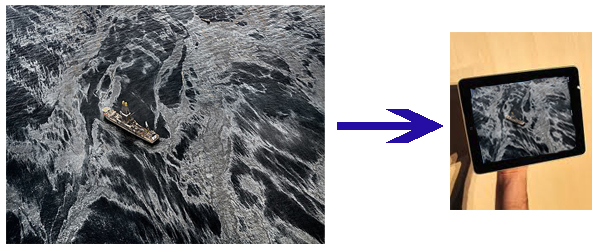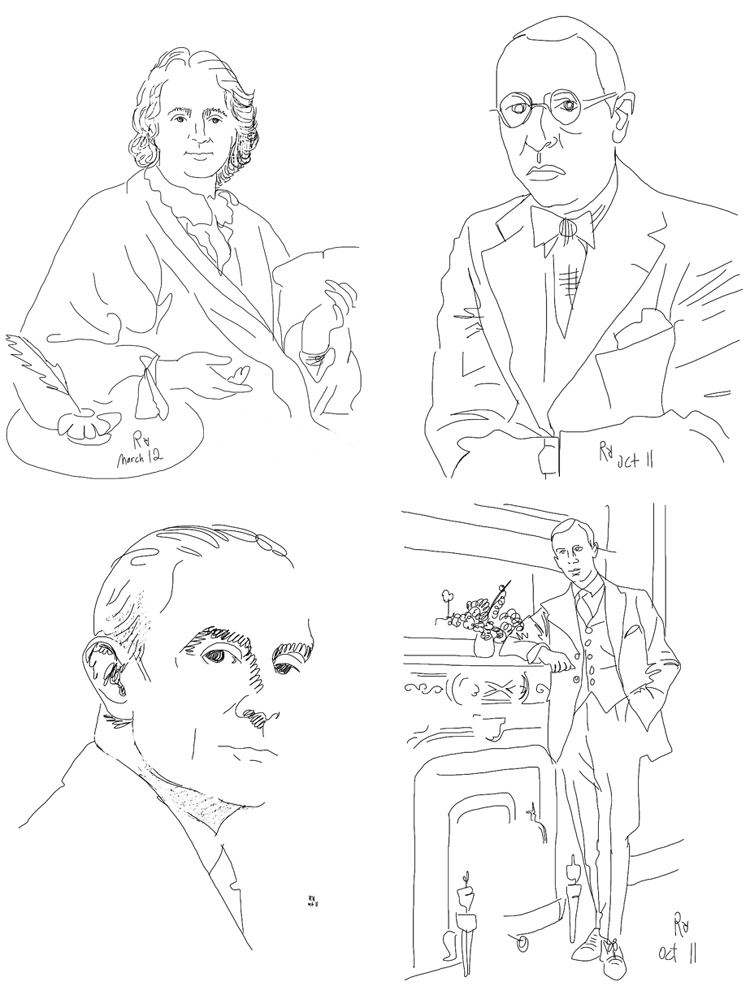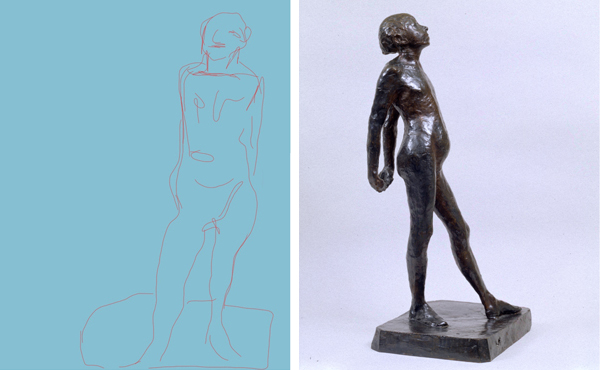
Can it translate? Edward Burtynsky, Oil Spill #2, Discoverer Enterprise, May 12, 2010, 2010. Chromogenic print.
According to Wired.com’s Raw File blog, Edward Burtynsky‘s massive photos from his Oil series, often overwhelming in scale, will now be available in an (itty bitty by comparison) iPad version. Raw File’s Jakob Schiller asks a good question: “How would these prints translate to a backlit viewing platform smaller than a sheet of office paper?”
The answer, at least according to Schiller, is mixed. Though the iPad version may lose some of the drama and awe, interviews, videos, and maps enhance the experience in a way that might be missed on a gallery wall.
But isn’t Schiller’s question just a variation on the same one we’ve been asking ourselves since works of art started populating digital platforms? It’s my personal opinion that, rather than something being taken away, online versions of any work of art make the face-to-face interaction with the piece all the more compelling and meaningful.
You don’t have to agree with me. Examples of Burtynsky’s giant photos will be featured in Picturing the Sublime: Photographs from the Joseph and Charlotte Lichtenberg Collection, on view at the Phillips Oct. 11, 2012–Jan. 13, 2013. Bring your iPad and make the comparison.
Amy Wike, Publicity & Marketing Coordinator



